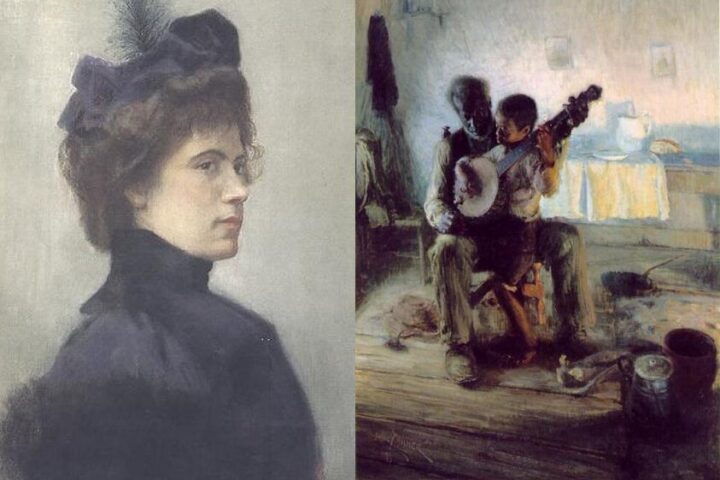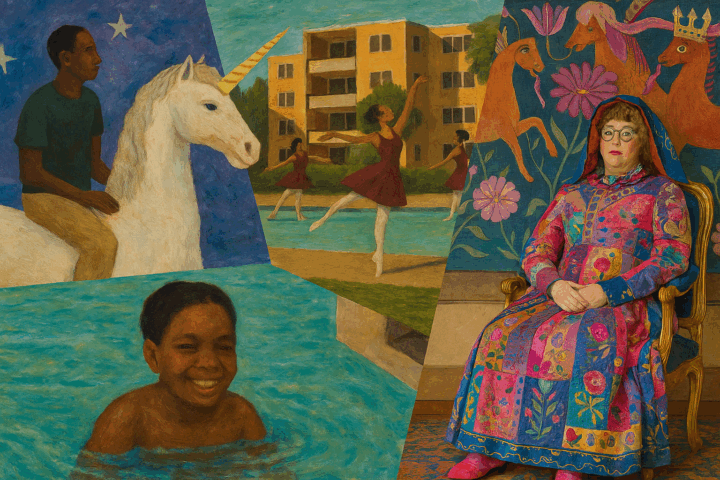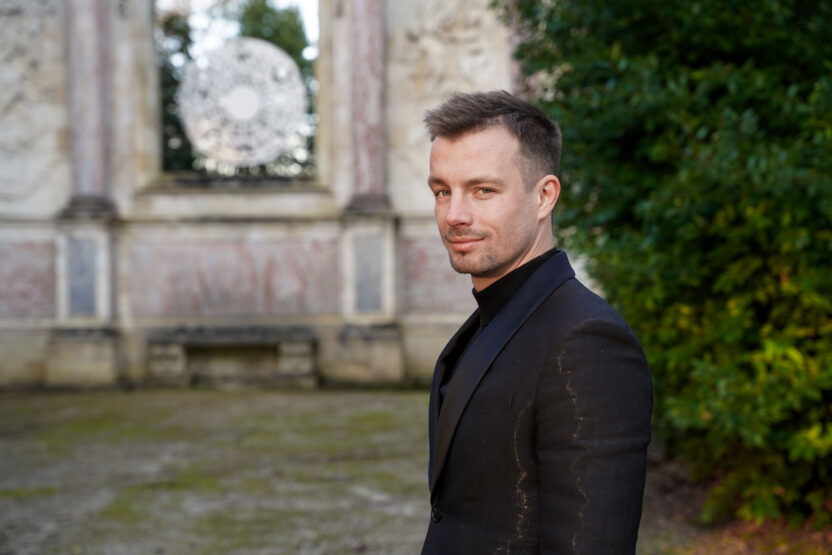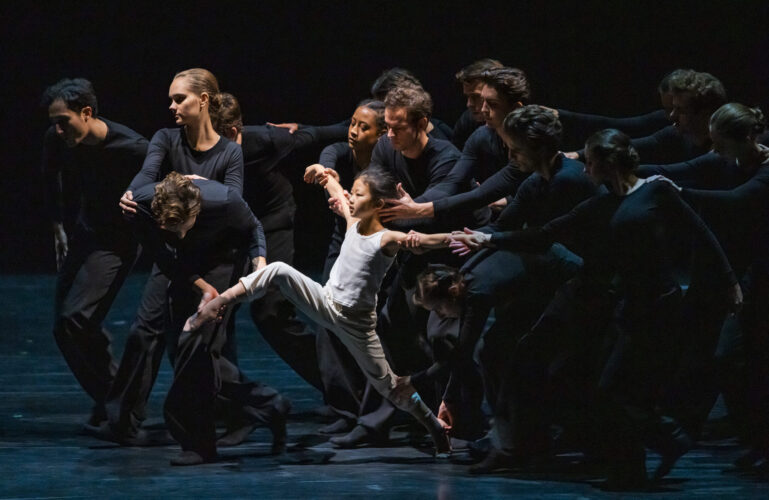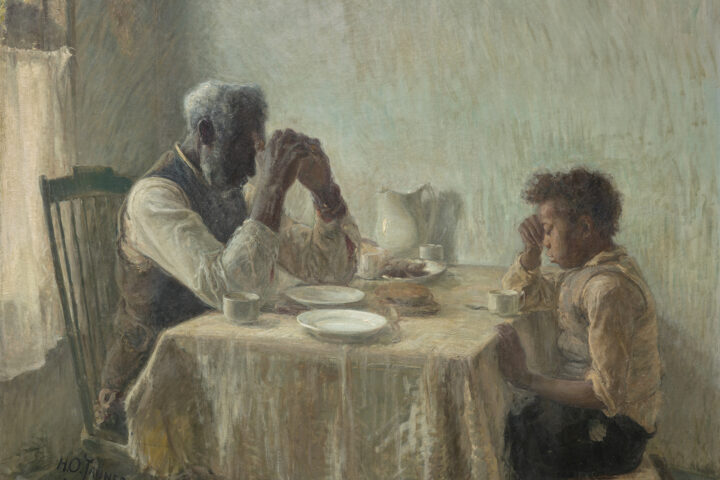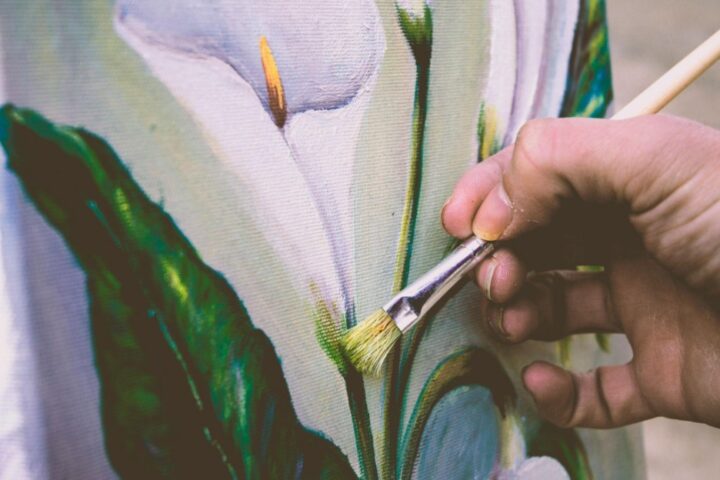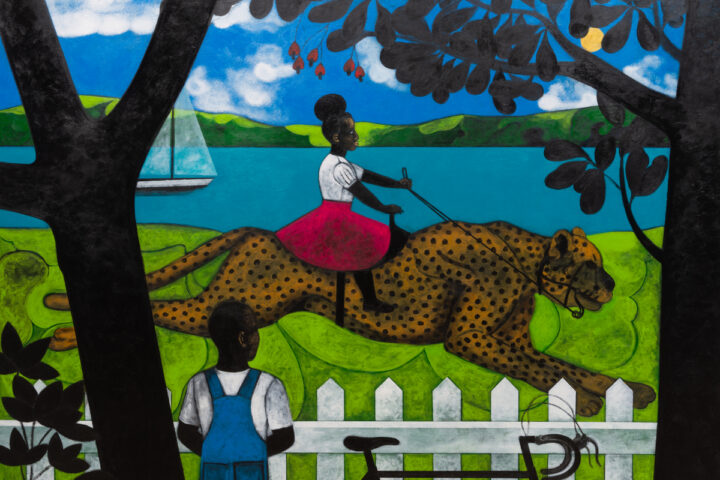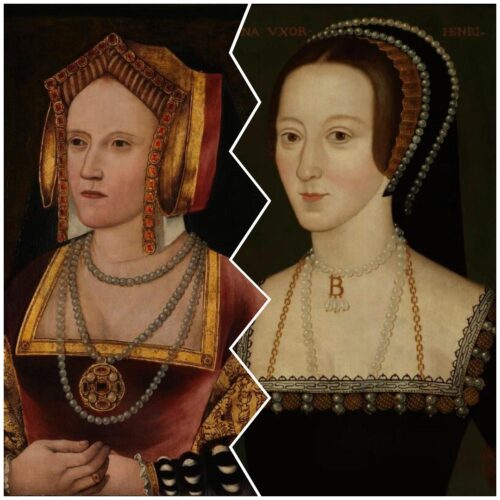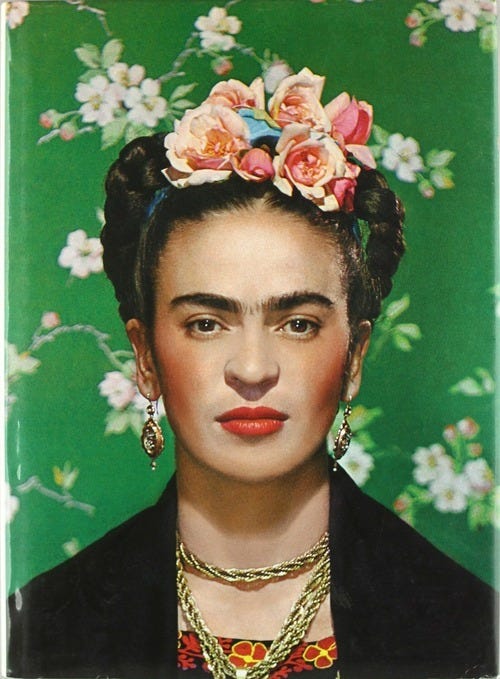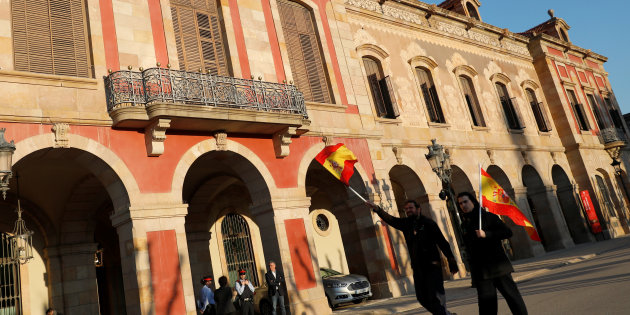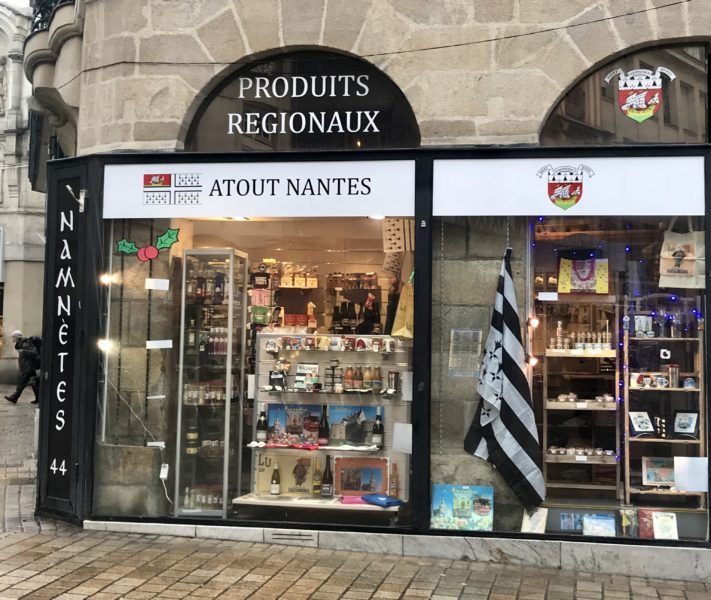Magical Realism with Marie-Thérèse Ross
I was born in London in 1962, my parents were both immigrants to England from France and Austria, and my 2 brothers and I were brought up as bilingual, French and English. When I was about sixteen I realised that I wanted to study art, and after my A levels I applied for foundation art. I studied at Harrow School of Art and from then to Loughborough College of Art and Design where I received a First Class Hons for my BA in fine art painting. After that I went to Karlsruhe Kunst Akademie in Germany to be a Gaststudent for a year with the British sculptor Professor Michael Sandle. I returned to London and from there went to the University of Pennsylvania USA for my Masters in fine art sculpture. On graduation in 1991 I lived in New York until 1996 when I returned to London.
Your sculptures are quite fascinating by their 3D effect. What techniques do you use to get this result?
I started making more three dimensional paintings while I was at art college during my BA. I would take 2 or 3 old used canvases, turn them over and collage them into different arrangements, and paint over their backs, also adding found objects. These paintings explored buildings that I had photographed while on an exchange in America. My painted reliefs were like giant collages with all sorts of things sticking out in all directions. I felt that these assemblies related more to how we see, rather than more conventional rectangles and squares. By my final year I was making components for these painted collages rather than finding things in the street. My work in Germany using acrylic resin, plaster and clay led me to realise that I had a lot to learn about materials and processes in sculpture. At UPenn I started to learn more about working with wood, attracted to the way the material results resembled my collage and drawing style more than other materials like metal. I find wood to be a very forgiving material, able to be glued, carved and cut; one can be direct and very spontaneous with it. The challenges of the material are that the process can be very slow, you have to wait for glue to dry and carving is very physical and tiring. I build my sculptures from laminating wood together to build larger and more complex shapes, and then carve parts away, incorporating mixed media, including found objects, feathers, gold leaf and primed canvas. The pieces are finished with oil paint like three dimensional paintings, referencing early Greek and Egyptian sculptures and also polychrome wood German religious sculptures.
You say that you have been inspired by literature and mythology; do you think literature and mythology can transcend cultural barriers?
My work has been described as Magical Realism. The exploration of narratives, taken from a variety of sources including literature and biographical stories, combines imagery both observed and imagined, I dissect the figure and expose the materiality of the wood. My sculptures focus on forceful and independent women from literature and mythology, caught in a vulnerable moment for example: ‘Daphne’ presents a female torso morphing into a tree and mounted on a free standing ladder. Daphne, a nymph from Greek mythology, fled from the God Apollo and escaped by transforming herself into a tree. In the sculpture she flies up a ladder where she is trapped. Her torso is sculpted out of a twisted tree trunk, with a foot stuck to the bottom of the ladder her hand disjointed and an oversized bird cawing. For me stories and narratives capture the imagination and for the viewer it is a way into understanding what they are looking at, most everyone has learnt some mythological tale so yes it can be a way of transcending cultural barriers. Every culture has a rich vein of storytelling at its core. We learn to read and write with stories, so it is the nature of being human.
Do you have a personal favourite among your sculptures?
I don’t really have a favourite piece, but often have a particular attachment to some work, sometimes because it is the most recent or because it is a breakthrough piece of work. Many people like my sculpture ‘Nena’ which references a character from a short story by Gabriel Garcia Marquez, the red dress evoking the tragic fate of a young bride slowly bleeding to death from a prick from a rose to her finger. I think that they are attracted to it in part because of its scale it is quite statuesque.
Interview with Marie-Thérèse Ross
Does your work sometimes carry a political message?
On the whole my work isn’t political but at times it reacts to political events. Certainly ‘Oblivion, The Brexiter’s Dream’ was my response to the referendum on the 23rd June. I carved the head in a fit of fury, and it felt cathartic, but it didn’t resolve the situation!
Can life crises / political turmoil engender creativity?
Definitely, life crisis and political turmoil can engender creativity. I created work after each of my parents’ deaths, and am particularly pleased with the series of drawings and collages that I made soon after my father died, titled ‘My father, Freud and other stories’. These derive from Sigmund Freud’s famous case which he titled ‘Wolf Man’, because the patient was traumatised by a nightmare where white wolves would sit in a walnut tree, peering into his window every night. The works also explore the personal history of my father who met Doctor Freud as a young boy in Vienna.
How do children tend to respond to your art?
My work isn’t really directed to children, whereas my teaching work in museums is about getting children to connect with a visual collection of paintings or objects. However, my own work, although it can look fairy-tale like, is not really about childhood. When children do see my work they react more to the fact that there is a naked lady or that it is made of wood, and sometimes find it spooky.
Have you ever illustrated children’s storybooks?
I have been asked about illustrating children’s books, and various writers have invited me to discuss ideas with them for new books. But publishers usually like to use their own illustrators, I am not professionally trained and children’s books are a very specialist niche of the market. I have illustrated pamphlets and fliers for children’s activities in museums where I have worked in the past.
You have exhibited many times in the UK and the US; how is your work received by critics in America compared to the UK?
On the whole reactions to my work are very positive. It is hard to get the attention of critics but when I have both in America or the Great Britain it has been a good experience. Critics have particularly reacted to the tactile quality of my sculpture and to the narratives in the work.
What will be your next artistic project?
I am currently planning more exhibitions, possibly in unexpected places, one of them at a particularly artistic florists’! Things are evolving in different ways this year.
FΩRMIdea London, 1st February 2018.
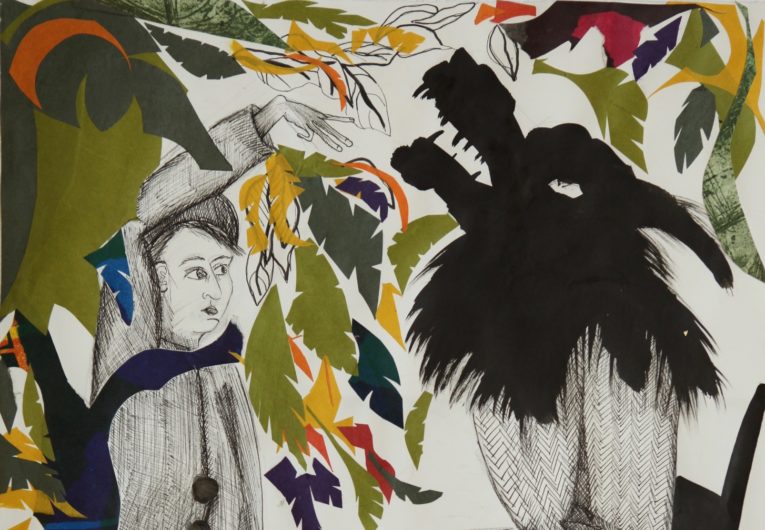
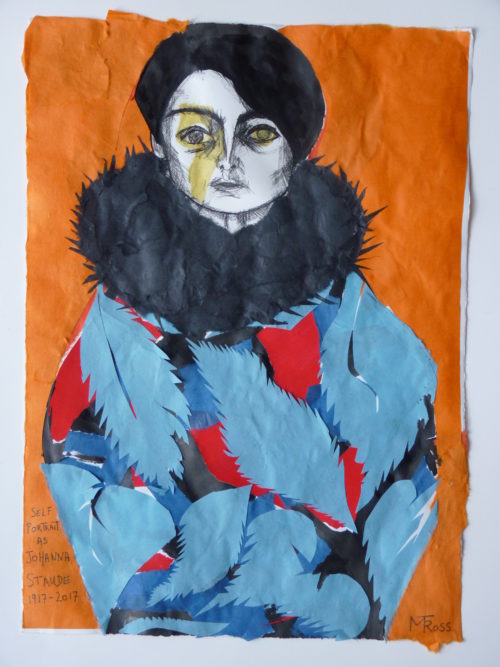
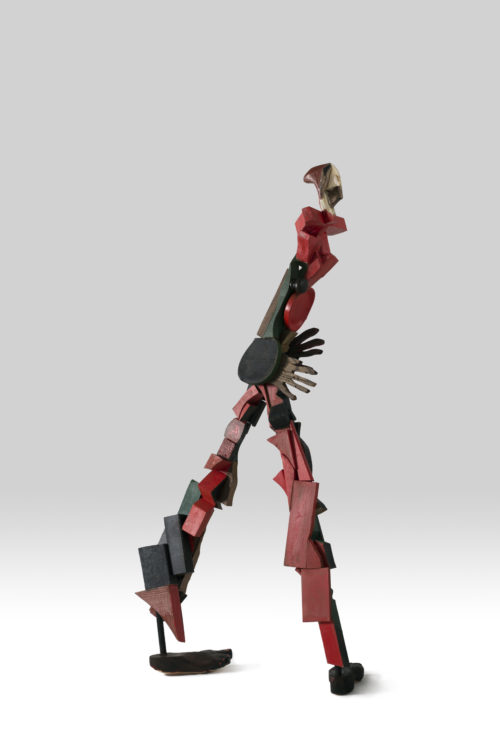
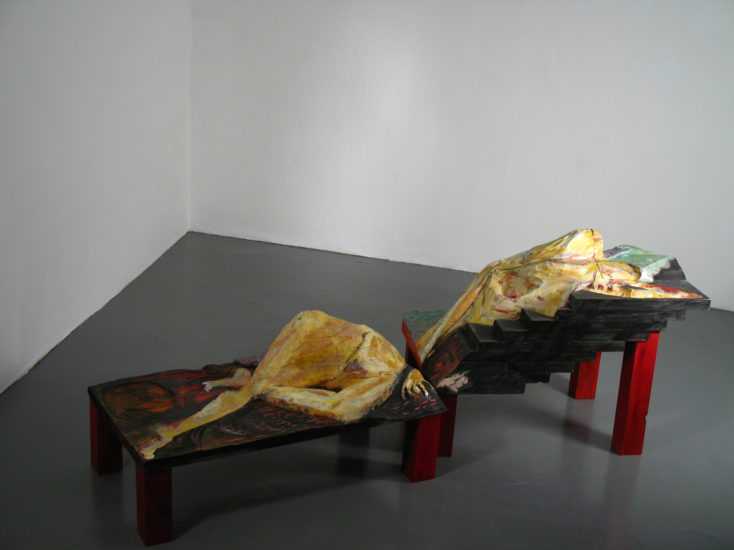 Sofa painted wood 230x64x54cm
Sofa painted wood 230x64x54cm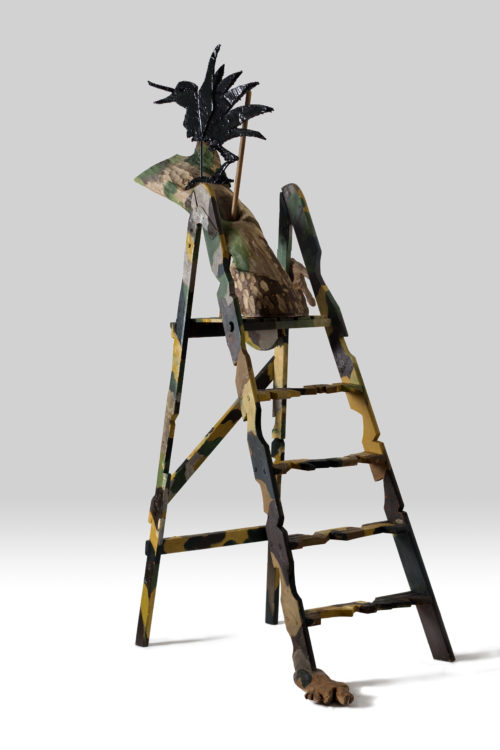
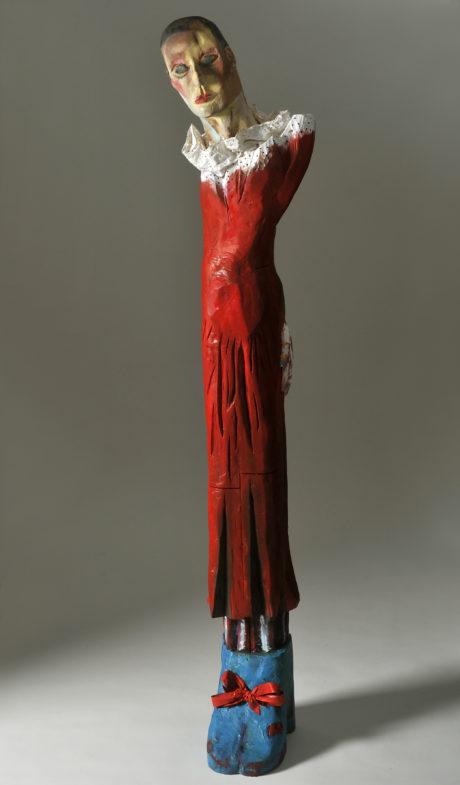
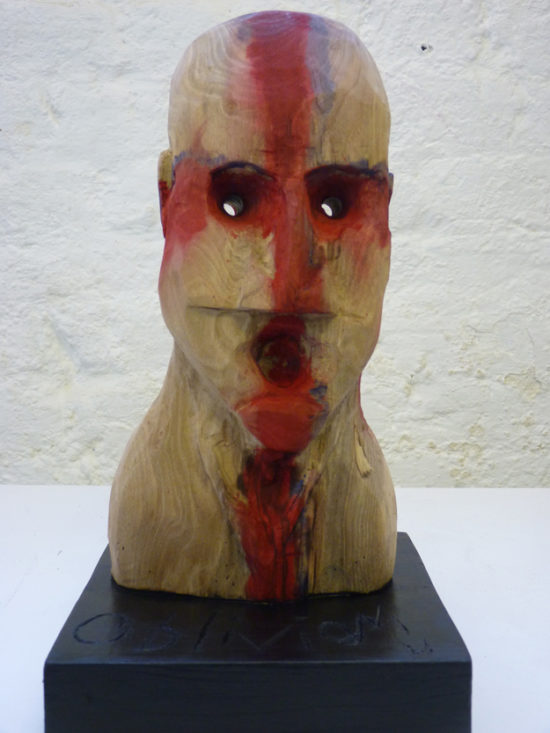 Oblivion, The Brexiteer's Dream
Oblivion, The Brexiteer's Dream My Father, Freud and Other Stories
My Father, Freud and Other Stories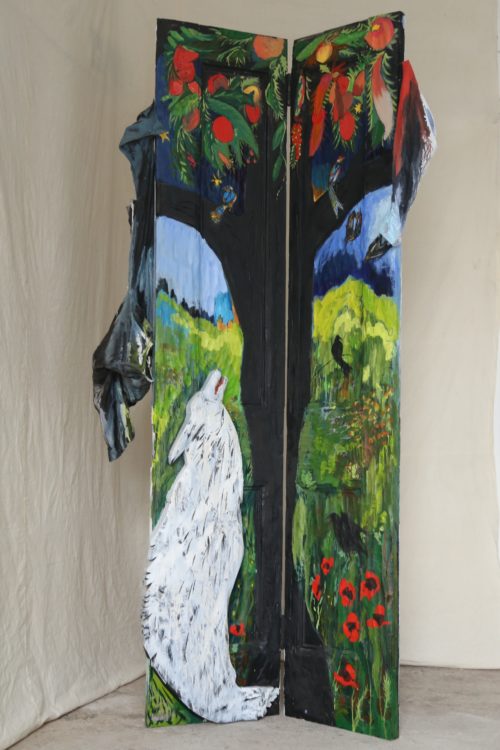 Strange Fruit oil on door with mixed media
Strange Fruit oil on door with mixed media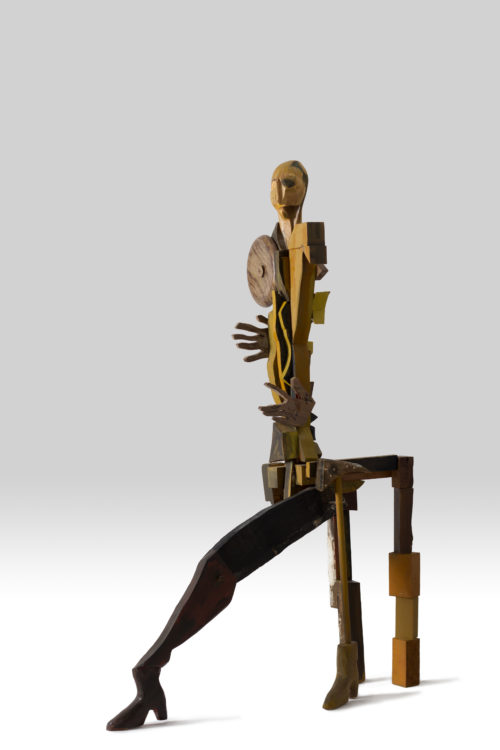
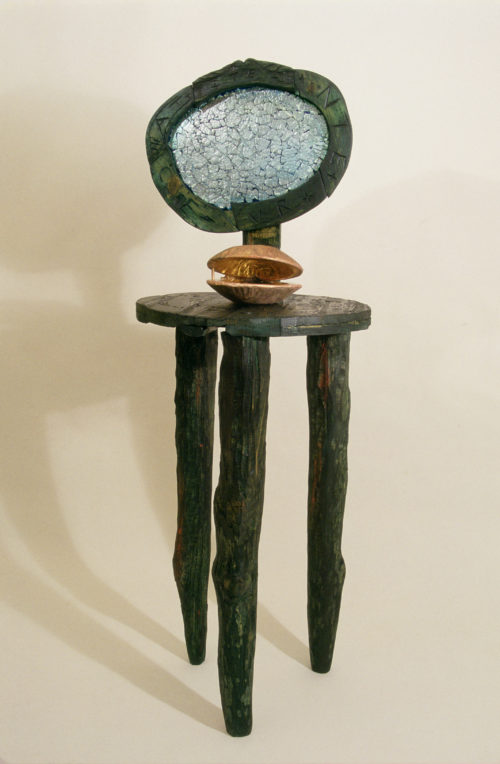 Attente painted wood and mixed medium
Attente painted wood and mixed medium

